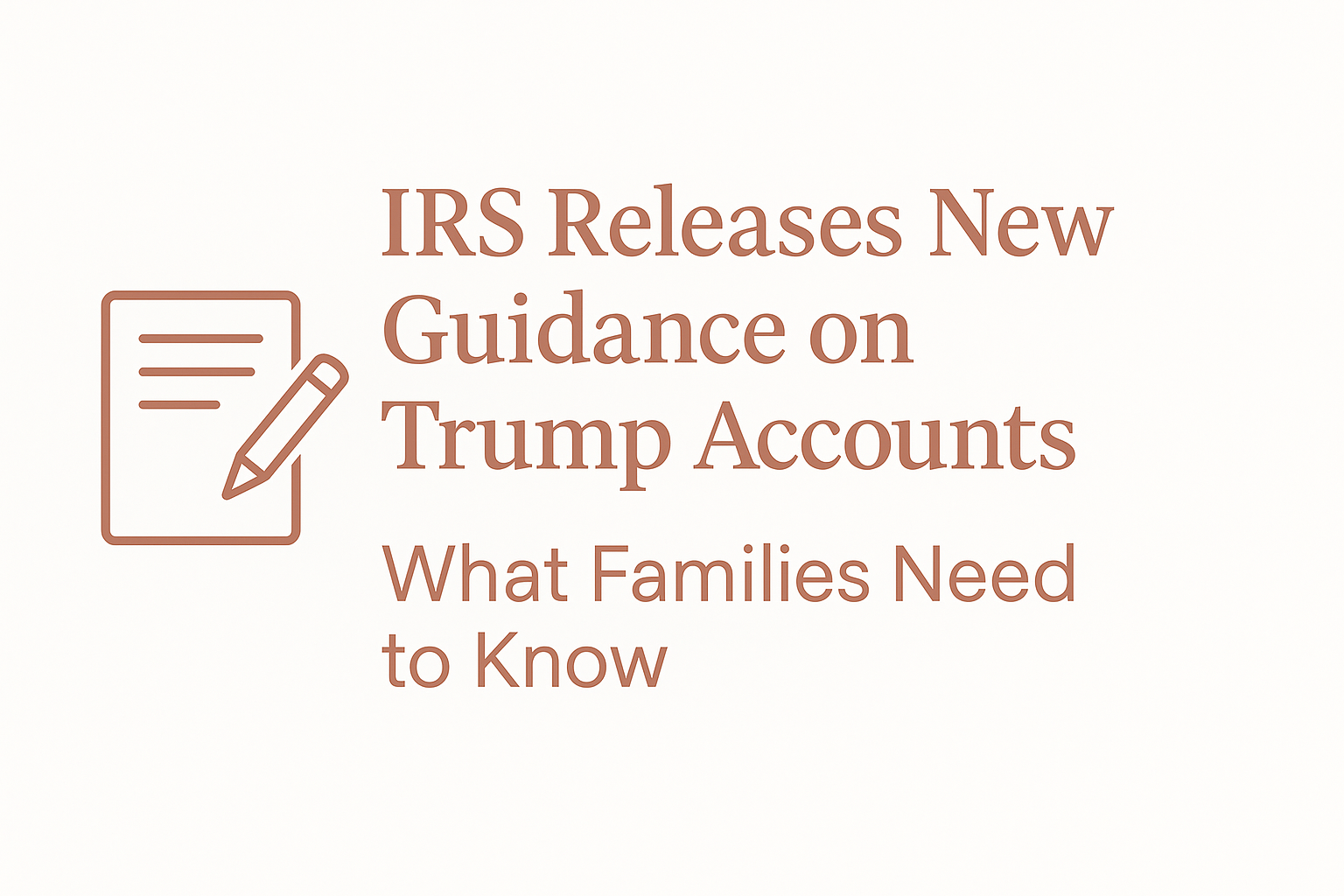End of Year Tax Tips to Maximize Your Tax Refund
As the year draws to a close, many of us begin to feel the familiar blend of excitement for the holidays and slight anxiety about our financial responsibilities. Among these responsibilities, preparing for tax season often tops the list. While taxes might not be the most riveting topic around, the prospect of a healthy tax refund certainly is! To help you navigate this annual ritual with ease, we’ve compiled some end-of-year tax tips to ensure you maximize your tax refund.
Understand Your Deductions
First things first: deductions. They're essentially your best friends when it comes to taxes. Deductions reduce the amount of income you pay taxes on, which can lead to a larger refund. Common deductions include mortgage interest, medical expenses, and charitable donations. Make sure you're up to speed on what you can deduct, and keep a meticulous record of these expenses throughout the year. And if you've been pondering whether to make a charitable donation, consider doing it before December 31st to potentially boost this year’s deductions.
Contribute to Retirement Accounts
Maximizing contributions to your retirement accounts, such as a 401(k) or an IRA, is another savvy strategy. Not only are you investing in your future, but these contributions can also be deducted from your taxable income. For example, contributions to a traditional IRA may be deductible, depending on your income and whether you have a retirement plan at work. The more you contribute, the more you can potentially reduce your taxable income, and in turn, increase your refund.
Take Advantage of Tax Credits
Tax credits can have a significant impact on your refund because they reduce your tax bill dollar-for-dollar. Popular credits include the Earned Income Tax Credit (EITC), Child Tax Credit, and education credits like the American Opportunity Credit. Unlike deductions, which lower taxable income, credits lower your actual tax bill, sometimes resulting in a refund that exceeds the amount of tax paid. It’s worthwhile to explore which credits you might be eligible for and take the necessary steps to claim them.
Review Your Withholdings
The year-end is a good time to evaluate whether the amount being withheld from your paycheck is appropriate. Ideally, you want to withhold just enough to meet your tax obligation — not too much, which results in a large refund, nor too little, which could leave you with a bill. Use the IRS withholding calculator to make necessary adjustments. While a big refund might seem like a bonus, remember, it’s essentially a return of your own money that you’ve loaned to the government interest-free.
Manage Investment Gains and Losses
The end of the year is a strategic time to look at your investment portfolio. If you've realized any capital gains, you might consider selling off underperforming stocks to offset these gains with losses. Known as tax-loss harvesting, this tactic can reduce your taxable income. However, proceed with caution, as this strategy can be complex. Consulting with a financial advisor may be a wise move to ensure you’re making the most beneficial decisions.
Consider the Timing of Income and Expenses
Lastly, the timing of income and expenses can influence your tax liability. For instance, if you foresee a higher tax rate next year, you might want to defer income until January and accelerate deductible expenses into the current year. This tactic is particularly useful if you're self-employed or have control over the timing of your income and expenses.
In Conclusion
Maximizing your tax refund doesn’t have to be a daunting task. With a bit of planning, awareness, and perhaps some professional guidance, you can turn tax season into an opportunity to boost your financial health. While these tips might not be essential to everyone, they certainly provide intriguing avenues to explore. So, as you wrap up the year, consider incorporating these strategies and enter the new year with confidence and, hopefully, a plumper refund.






